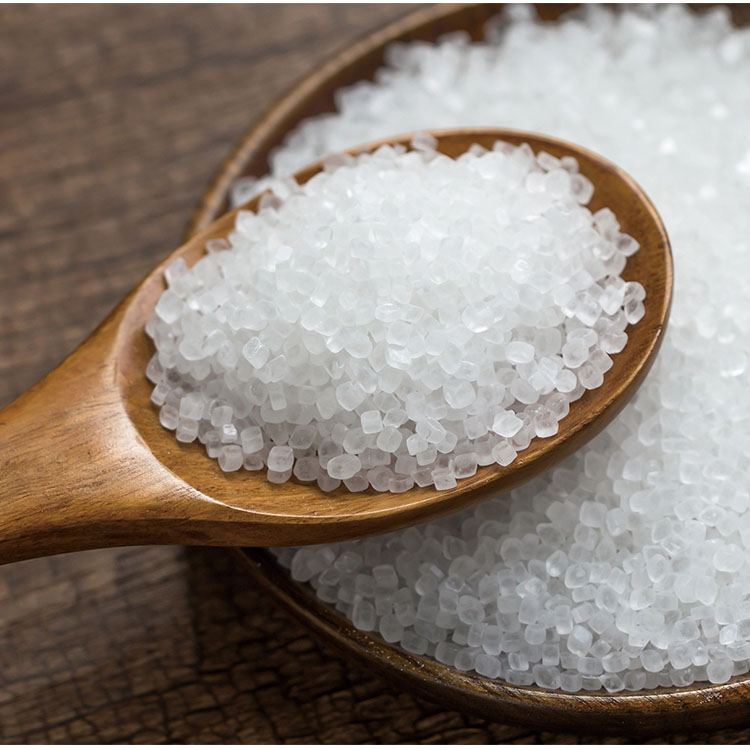Introduction:
Saccharine is an artificial sweetener that has been widely used for decades as a sugar substitute. It is known for its intense sweetness and has been used in various food and beverage products, as well as in tabletop sweeteners. In this comprehensive guide, we will explore what saccharine is, its safety, uses, and potential health effects.
What is Saccharine?
Saccharine is a zero-calorie artificial sweetener that was discovered in the late 19th century. It is derived from benzoic sulfinide and is approximately 300 to 500 times sweeter than table sugar (sucrose). It is commonly sold under brand names such as Sweet’N Low, Sugar Twin, and Necta Sweet. Saccharine is available in both granulated and liquid forms, making it suitable for various applications.
Safety of Saccharine:
a. Regulatory Approval:
Saccharine has been approved for use as a food additive by regulatory bodies such as the U.S. Food and Drug Administration (FDA) and the European Food Safety Authority (EFSA). These organizations have established acceptable daily intake (ADI) levels for saccharine, which represent the amount considered safe for daily consumption over a lifetime.
b. Safety Studies:
Numerous studies have been conducted to evaluate the safety of saccharine. The results of these studies have consistently shown that saccharine is safe for human consumption when used within recommended limits. However, it is important to note that individual tolerance and sensitivity to artificial sweeteners may vary.
c. Health Concerns:
There have been concerns regarding the potential health effects of saccharine, particularly its association with bladder cancer. Early studies in the 1970s suggested a link between saccharine consumption and bladder tumors in rats. However, further research indicated that the mechanism of tumor formation in rats was not applicable to humans. Subsequent long-term studies in humans found no clear evidence of saccharine’s carcinogenicity. Based on the available scientific evidence, regulatory authorities have concluded that saccharine does not pose a significant cancer risk to humans.
Uses of Saccharine:
Saccharine is used as a sugar substitute in various food and beverage products. It is commonly found in diet sodas, tabletop sweeteners, baked goods, chewing gum, and some pharmaceutical products. Its intense sweetness allows for smaller quantities to be used, reducing the overall calorie content of foods and beverages.
Advantages of Saccharine:
a. Calorie Reduction:
One of the primary advantages of saccharine is its ability to provide sweetness without adding significant calories to the diet. This makes it an attractive option for individuals seeking to reduce their sugar intake or manage their weight.
b. Diabetic-Friendly:
Saccharine is not metabolized by the body, meaning it does not affect blood sugar levels. As a result, it is commonly used as a sugar substitute by individuals with diabetes or those following a low-carbohydrate diet.
c. Stability:
Saccharine is heat-stable and retains its sweetness even at high temperatures, making it suitable for use in baking and cooking.
Disadvantages of Saccharine:
a. Bitter Aftertaste:
One common drawback of saccharine is its bitter aftertaste, which some people find unpleasant. This taste characteristic may vary among individuals, with some being more sensitive to it than others.
b. Limited Use in Recipes:
Due to its intense sweetness, saccharine is not a direct replacement for sugar in all recipes. It may require adjustments in the amount used or combination with other sweeteners to achieve the desired taste and texture.
c. Potential Laxative Effect:
In high doses, saccharine may have a laxative effect, causing gastrointestinal discomfort or mild digestive disturbances in some individuals. It is important to consume saccharine in moderation and follow recommended usage guidelines.
Conclusion:
Saccharine is an artificial sweetener that offers a sugar-free alternative for individuals seeking to reduce their sugar intake or manage their weight. Extensive research has demonstrated its safety when used within recommended limits. However, it is important to note that personal tolerance and preferences may vary, and individuals should consult with healthcare professionals regarding their specific dietary needs. Saccharine provides a viable option for those with diabetes or anyone aiming to limit their calorie and sugar consumption while still enjoying a sweet taste in their food and beverages.
- Kratom Gold Shots By Just Kratom-Unveiling the Flavorful World of Just Kratom’s Kratom Gold Shots! - March 20, 2024
- Benefits of THC-O VAPES - July 19, 2023
- Saccharine: What is it, Safety, and More - July 12, 2023

